
Is Swollen or Bloated Food Packaging Safe to Eat

You open the fridge, reach for a pack of chicken or a container of ready-to-eat soup—and notice the packaging looks swollen, almost balloon-like. It’s not something most of us expect to see, and it can feel a bit unsettling.
While a little air in food packaging is completely normal, an unusually bloated appearance can be a sign that something’s gone wrong. Understanding what’s behind that puffiness can help you avoid spoiled food—and protect yourself and your family from potential foodborne illness.
A Bit of Air is Normal—But Only Sometimes
Not all puffed packaging means danger. Many food manufacturers intentionally include gas in sealed bags to keep products fresh and intact. For example, your favorite bag of potato chips isn’t filled with “air” at all—it’s filled with nitrogen gas, which cushions the chips so they don’t crumble during shipping.
Similarly, a lot of perishable foods are preserved using a method called Modified Atmosphere Packaging (MAP). This process replaces the oxygen inside the package with inert gases like nitrogen or carbon dioxide, slowing down spoilage and extending the product’s shelf life.
So, if a package looks slightly puffed up, it might just be part of its design. But when the package looks oddly inflated or misshapen, that’s a signal you should pay attention to.
The Real Reason Some Packages Balloon
Food safety expert Professor Wei Zhang explains that when packaging becomes noticeably swollen, it’s often because microorganisms inside the food are producing gas—usually carbon dioxide—as they multiply. This gas has nowhere to go, so it collects inside the sealed container, causing it to bulge.
This kind of bloating is a telltale sign of spoilage, and in many cases, it can make the food unsafe to eat.
Meredith Carothers, a specialist with the USDA’s Food Safety and Inspection Service (FSIS), adds that this kind of swelling often points to bacterial activity—the kind that can cause foodborne illness, even when the food doesn’t look or smell spoiled.
The Sneaky Nature of Spoilage
Here’s the tricky part: you can’t always rely on your senses to detect spoiled food.
Some bacteria produce strong, sour, or sulfur-like odors—but others don’t release any noticeable smells at all. That means a piece of meat or a ready-made meal could look, feel, and even smell perfectly fine while still harboring harmful microorganisms.
If the package looks puffed up, trust what you see, not what you smell.
Foods Most Likely to Show Swelling
Not every type of food is equally at risk. Packages that contain moist, protein-rich foods are far more susceptible to microbial gas buildup than dry products. Common culprits include:
-
Raw meat and poultry
-
Fresh seafood
-
Deli meats and sausages
-
Refrigerated ready-to-eat meals
-
Dairy products like soft cheeses or milk
These foods provide the perfect breeding ground for bacteria—warmth, moisture, and nutrients. Once bacteria start to grow, the gas they produce has nowhere to escape, and bloating follows.
By contrast, dry or low-moisture foods like crackers, pasta, rice, or peanut butter rarely experience this issue because bacteria struggle to thrive without water.
When to Be Concerned
You should treat any swollen or inflated food packaging as a warning sign. Take extra care if you notice:
-
The package feels tight, bloated, or balloon-like
-
The expiration or “use by” date has passed
-
The seal is broken, leaking, or looks tampered with
-
There’s an unusual odor, even if faint
Even when a product is technically within its shelf life, bloating is not normal. Professor Zhang emphasizes that it’s safer to discard the item right away than to risk food poisoning.
How to Prevent Packaging Bloat at Home
Although you can’t control what happens before food reaches the store, you can minimize the risk of spoilage once it’s in your kitchen. A few small habits make a big difference:
-
Refrigerate perishable foods immediately after shopping.
-
Keep your fridge below 40°F (4°C) and your freezer at 0°F (-18°C).
-
Avoid leaving groceries in the car or on the counter for extended periods.
-
Never refreeze thawed raw meat, as this can accelerate bacterial growth.
-
Inspect packaging before purchase—don’t pick items that already look puffy or damaged.
Proper storage slows bacterial activity, helping food stay fresh longer and preventing the gases that cause packaging to swell.
The Bottom Line: When in Doubt, Throw It Out
A swollen food package might seem like a small annoyance, but it can be your first warning sign of bacterial contamination. Ignoring it could lead to serious health issues—from mild stomach distress to full-blown food poisoning.
If you’re ever uncertain, remember the golden rule of kitchen safety:
“When in doubt, throw it out.”
After all, no meal or grocery purchase is worth risking your health. Tossing a questionable item is a small price to pay for peace of mind—and a safer kitchen.
News in the same category


The Under-Bed Test: A Quick Trick to Ensure Your Hotel Room Is Safe and Clean
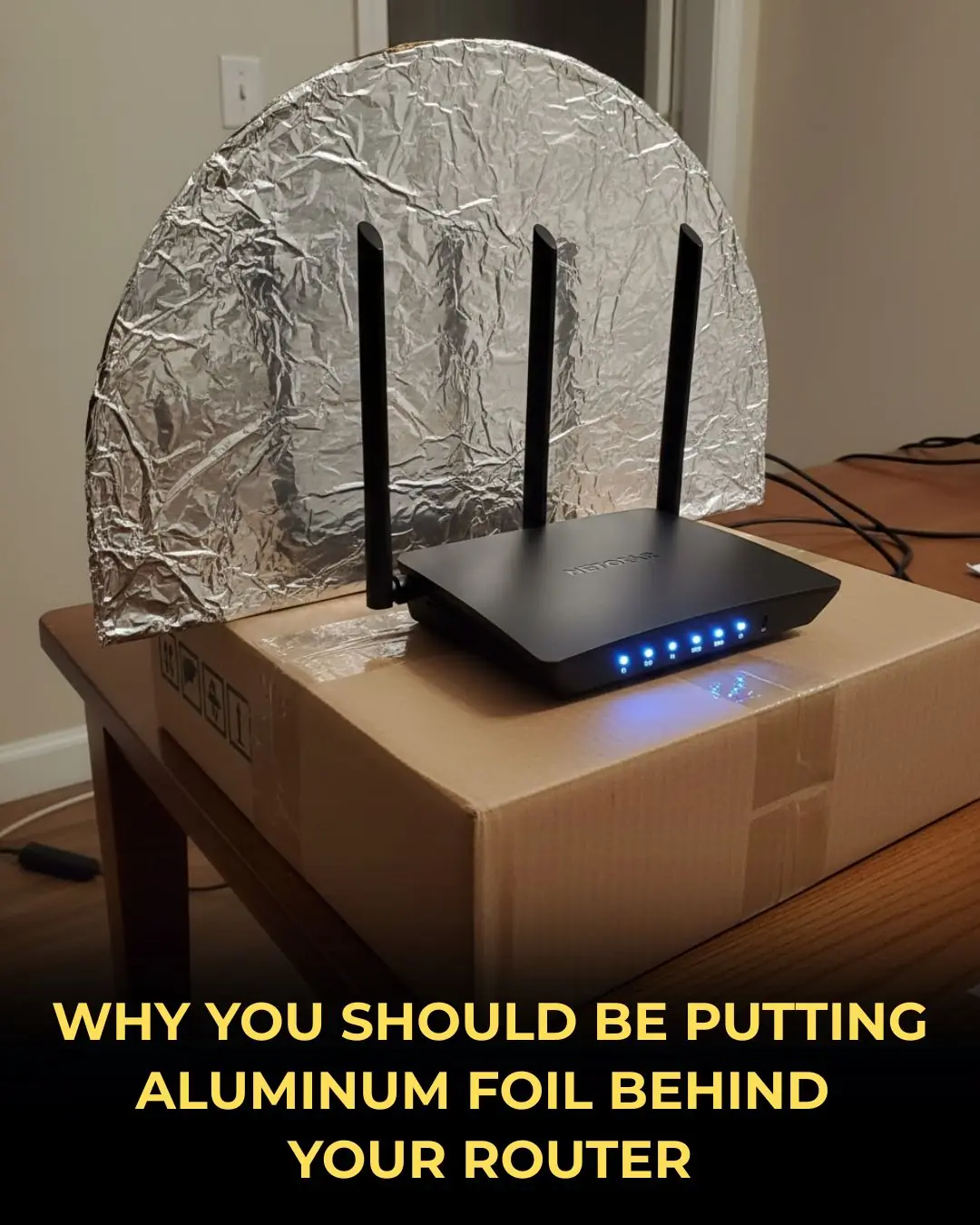
Boost Your Wi-Fi Speed with This Simple Aluminum Foil Trick

If your beef turns out tough, don’t marinate it with salt. Use this ingredient instead to make it tender and richly flavored
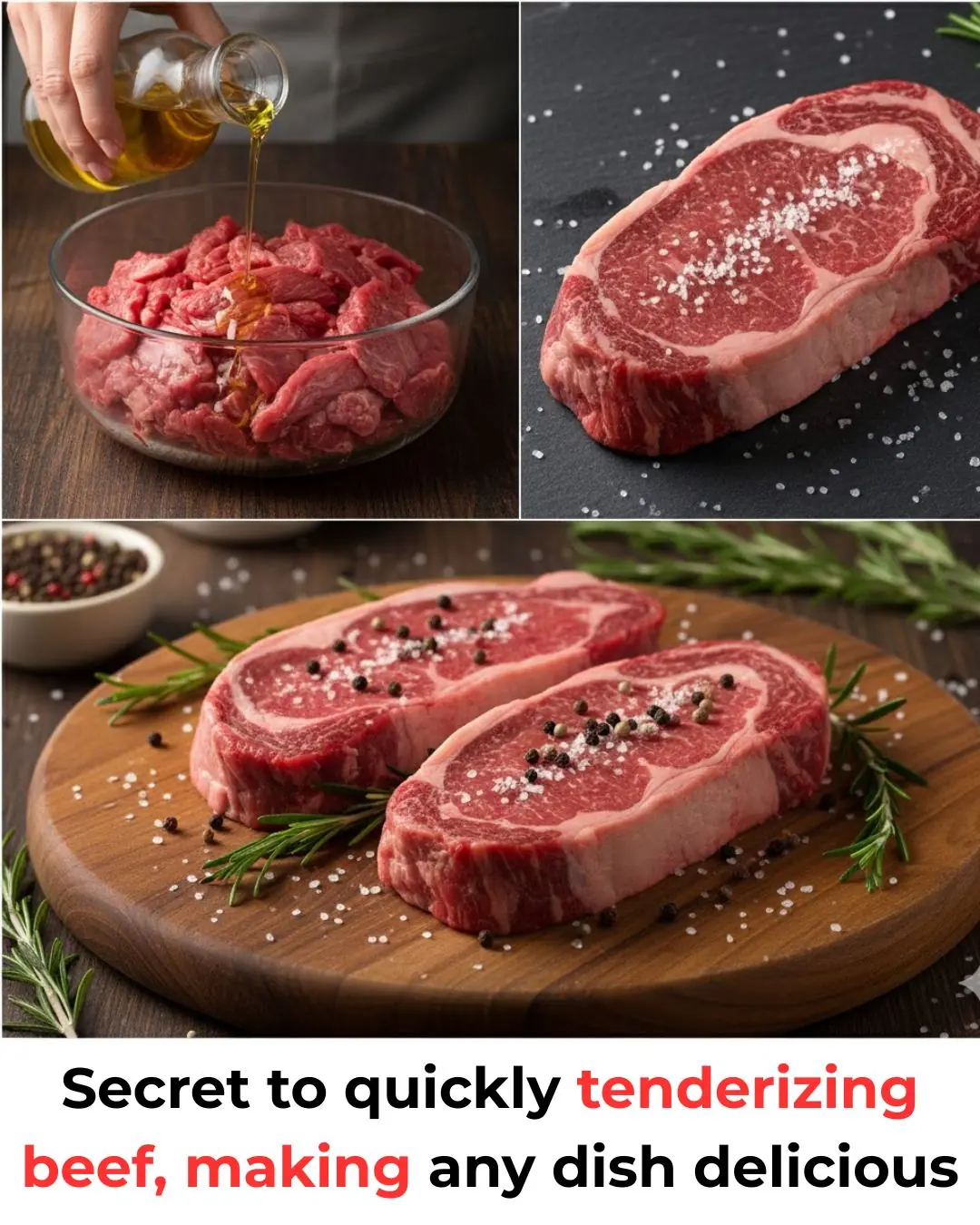
Secret to quickly tenderizing beef, making any dish delicious
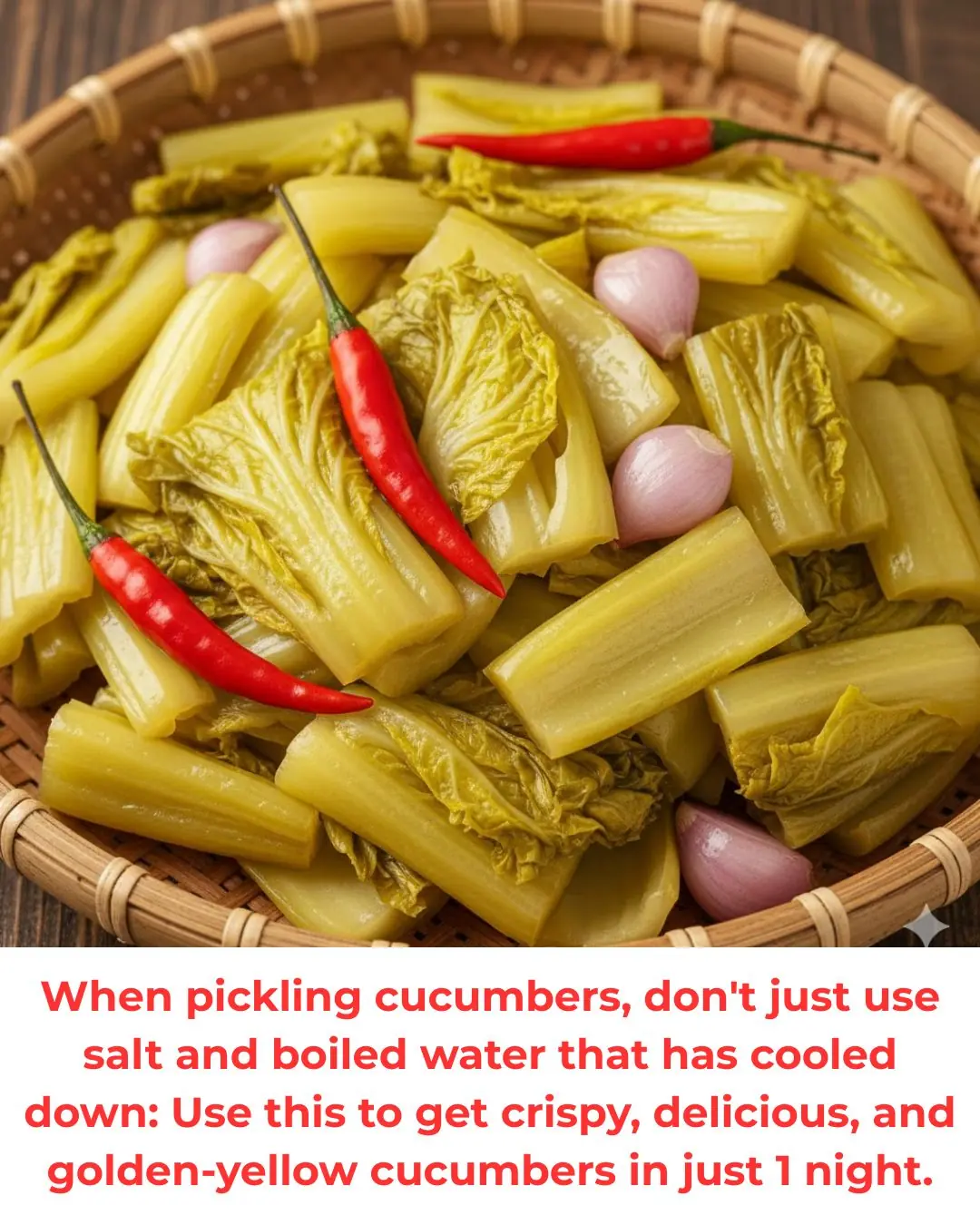
When pickling cucumbers, don't just use salt and boiled water that has cooled down: Use this to get crispy, delicious, and golden-yellow cucumbers in just 1 night.
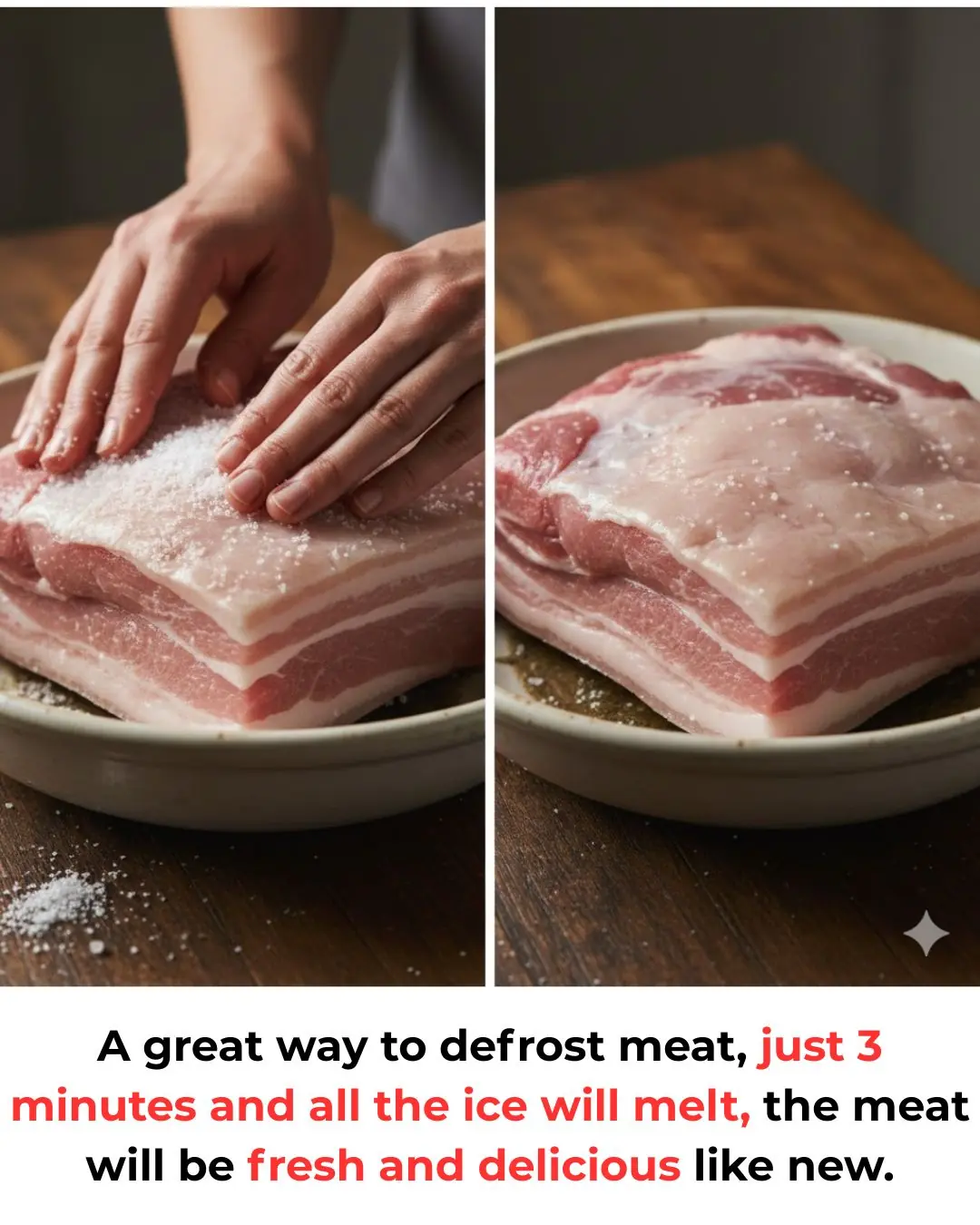
A great way to defrost meat, just 3 minutes and all the ice will melt, the meat will be fresh and delicious like new.
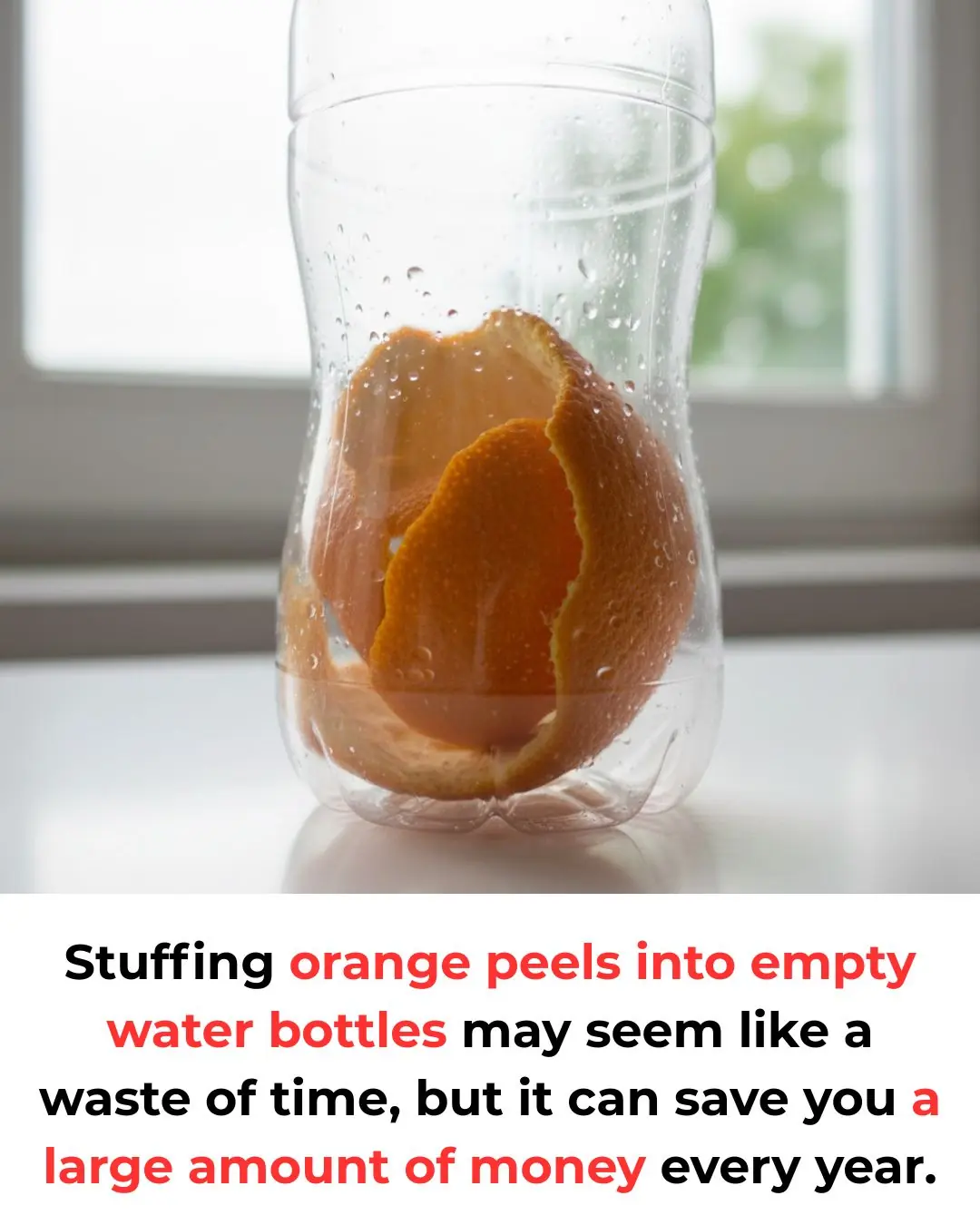
Stuffing orange peels into empty water bottles may seem like a waste of time, but it can save you a large amount of money every year.
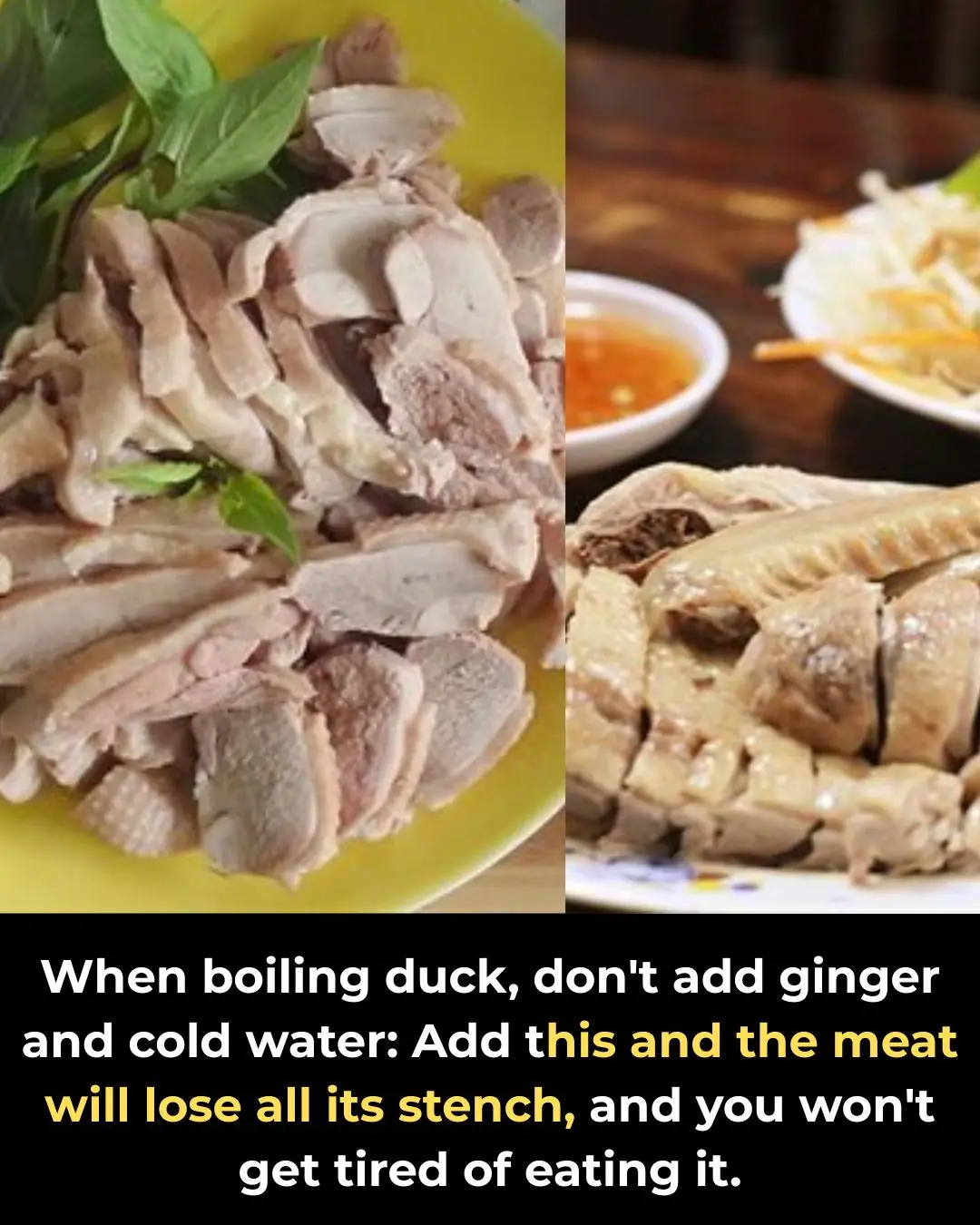
When boiling duck, don't add ginger and cold water: Add this and the meat will lose all its stench, and you won't get tired of eating it.
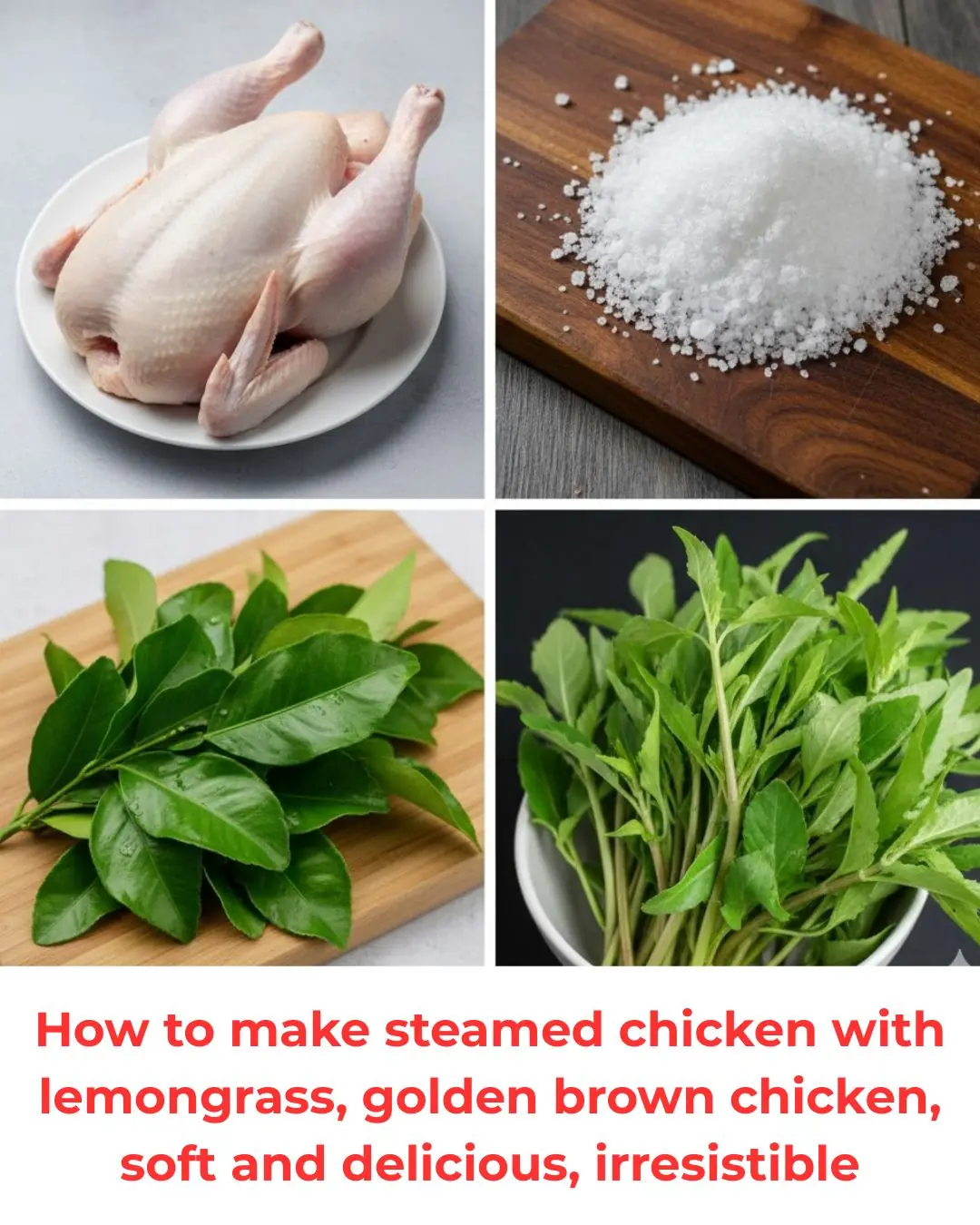
How to make steamed chicken with lemongrass, golden brown chicken, soft and delicious, irresistible

Simple tips to help reduce itching extremely quickly when bitten by mosquitoes and insects

How to wash and condition hair with rice water to reduce hair loss and help new hair grow continuously
How Microscopic Glass Flaws Can Lead to Oven Door Breakage—and How to Prevent It
How to cook fish soup with vegetables, delicious and sweet in summer
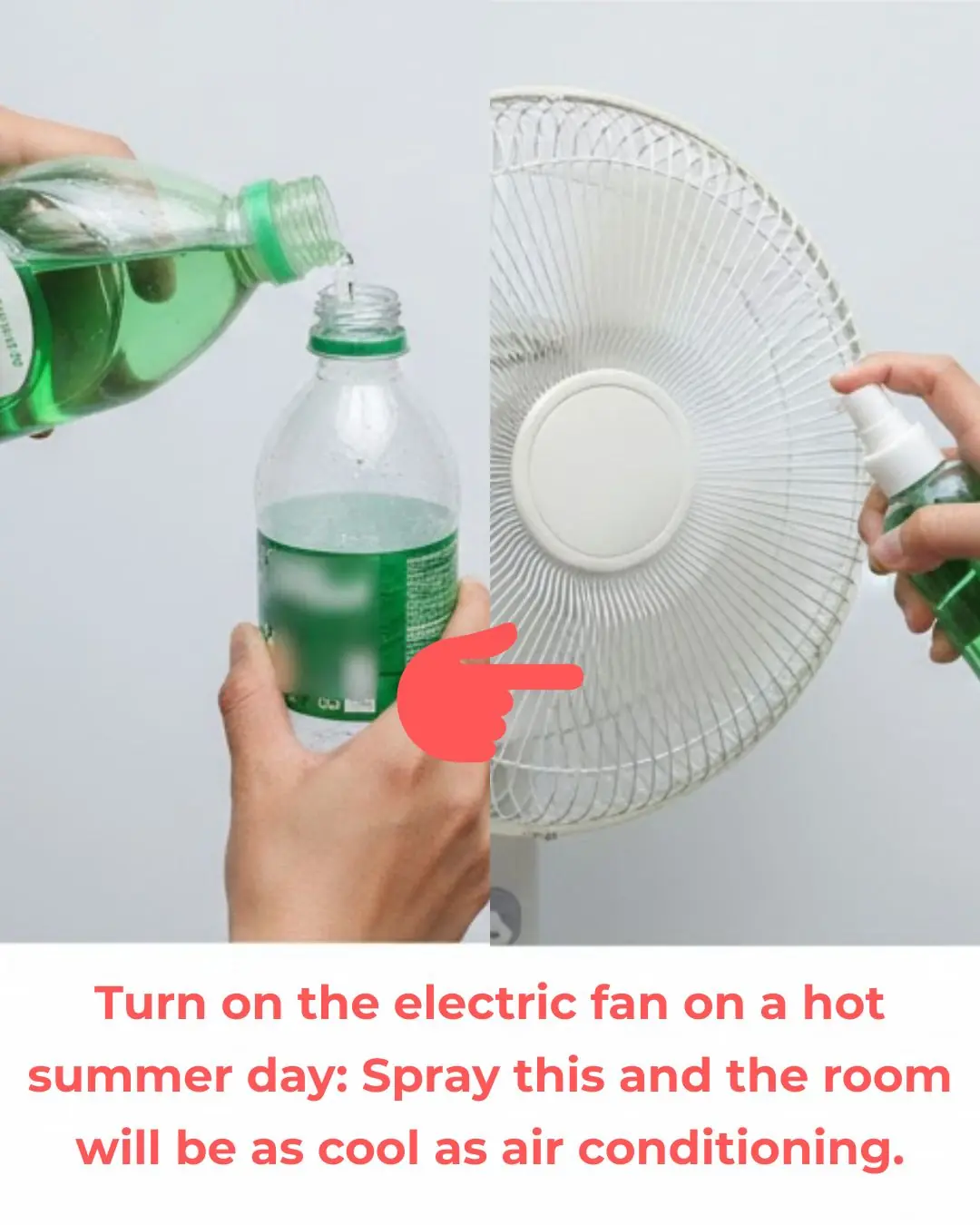
Turn on the electric fan on a hot summer day: Spray this and the room will be as cool as air conditioning.
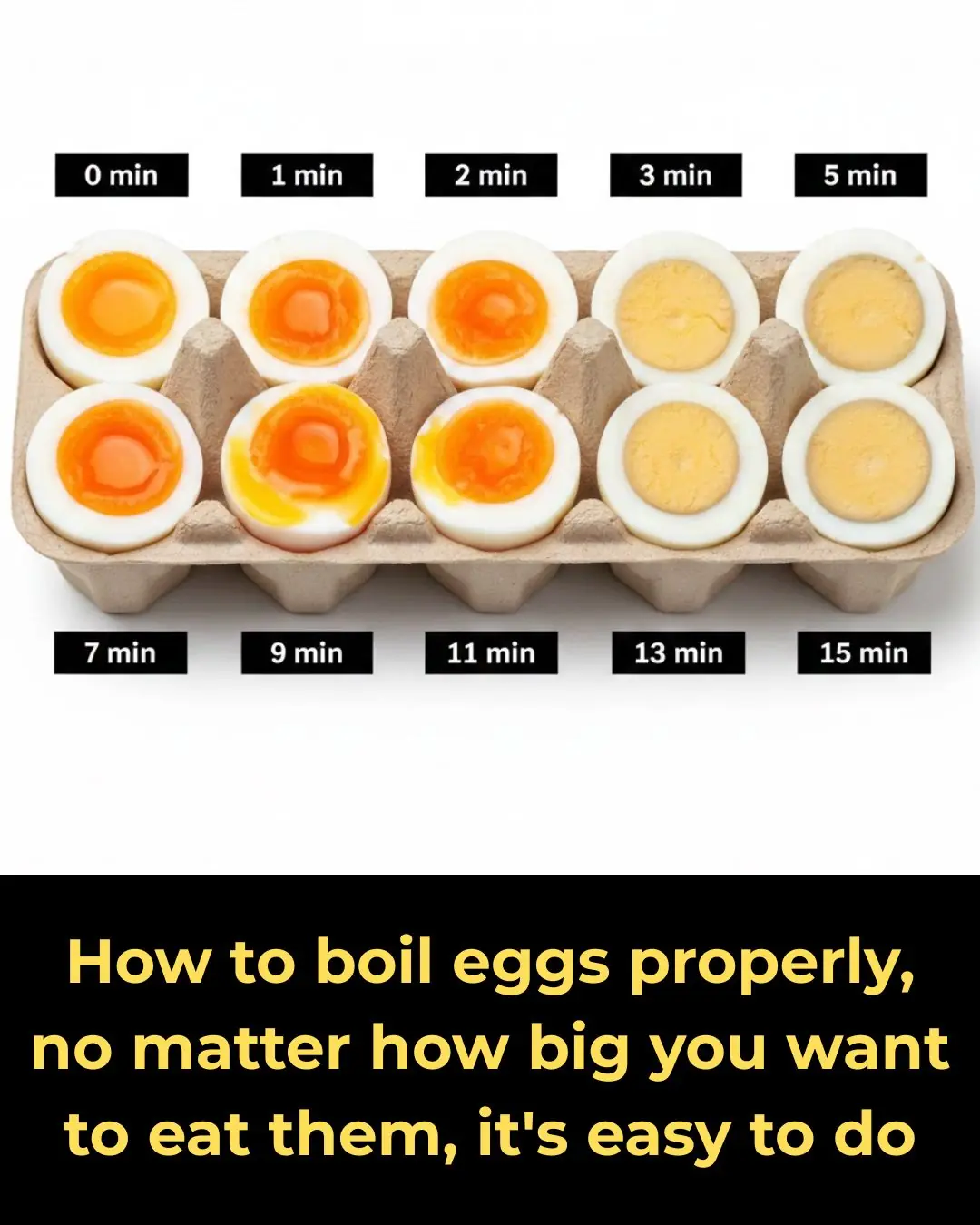
How to boil eggs properly, no matter how big you want to eat them, it's easy to do
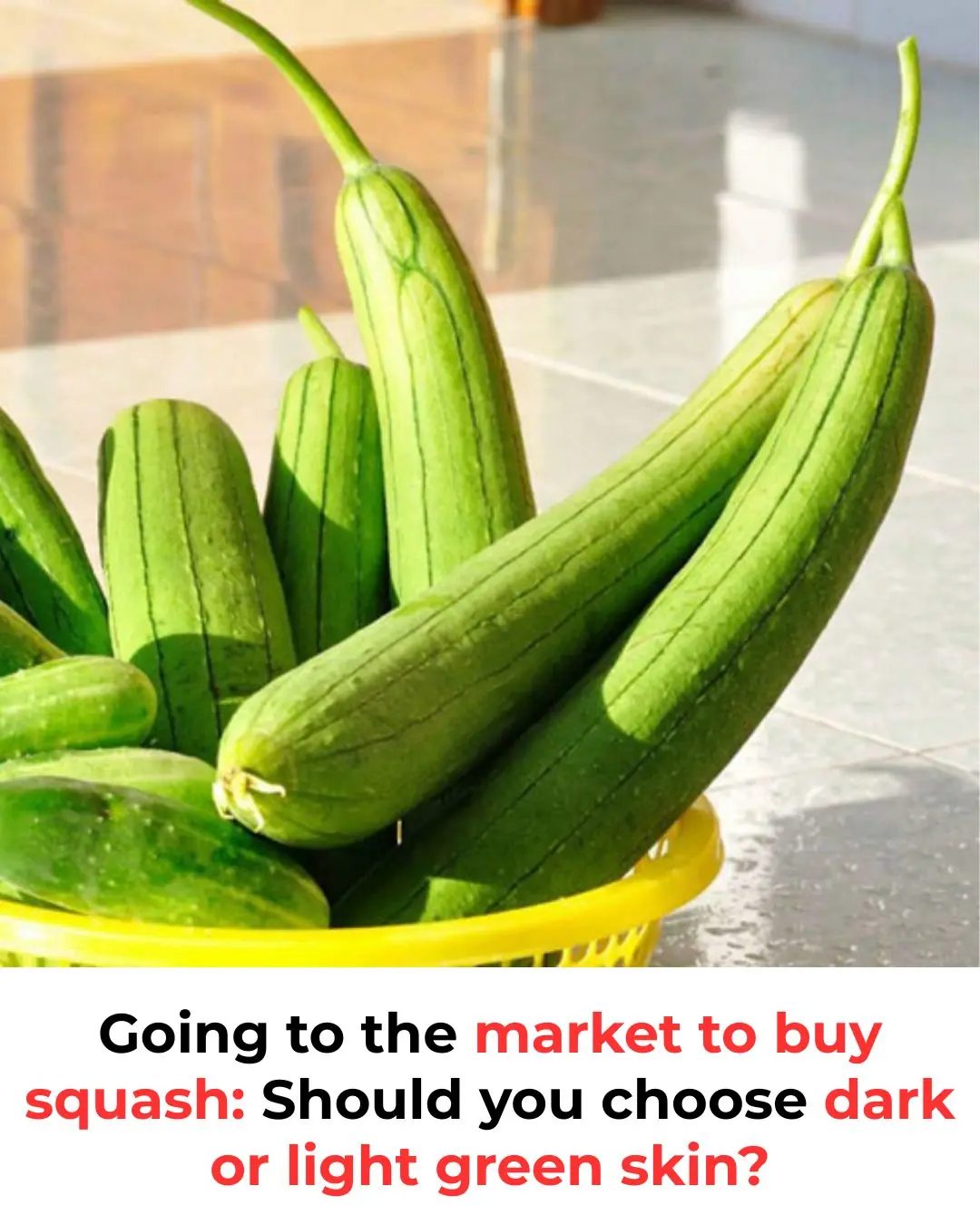
Going to the market to buy squash: Should you choose dark or light green skin?

What Happens When You Eat Chili Peppers Regularly
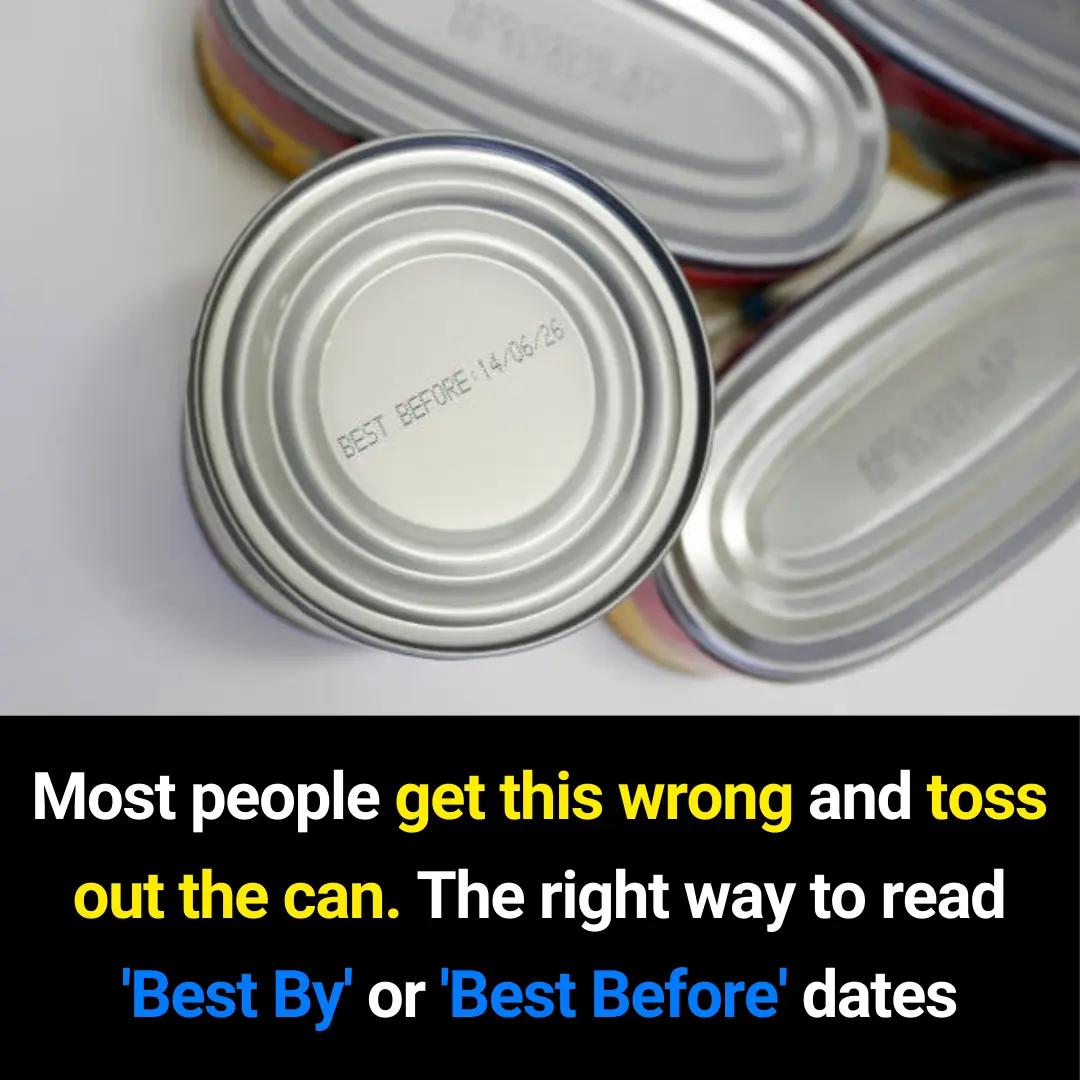
The Right Way to Read ‘Best By’ or ‘Best Before’ Dates — Most People Get This Wrong
News Post
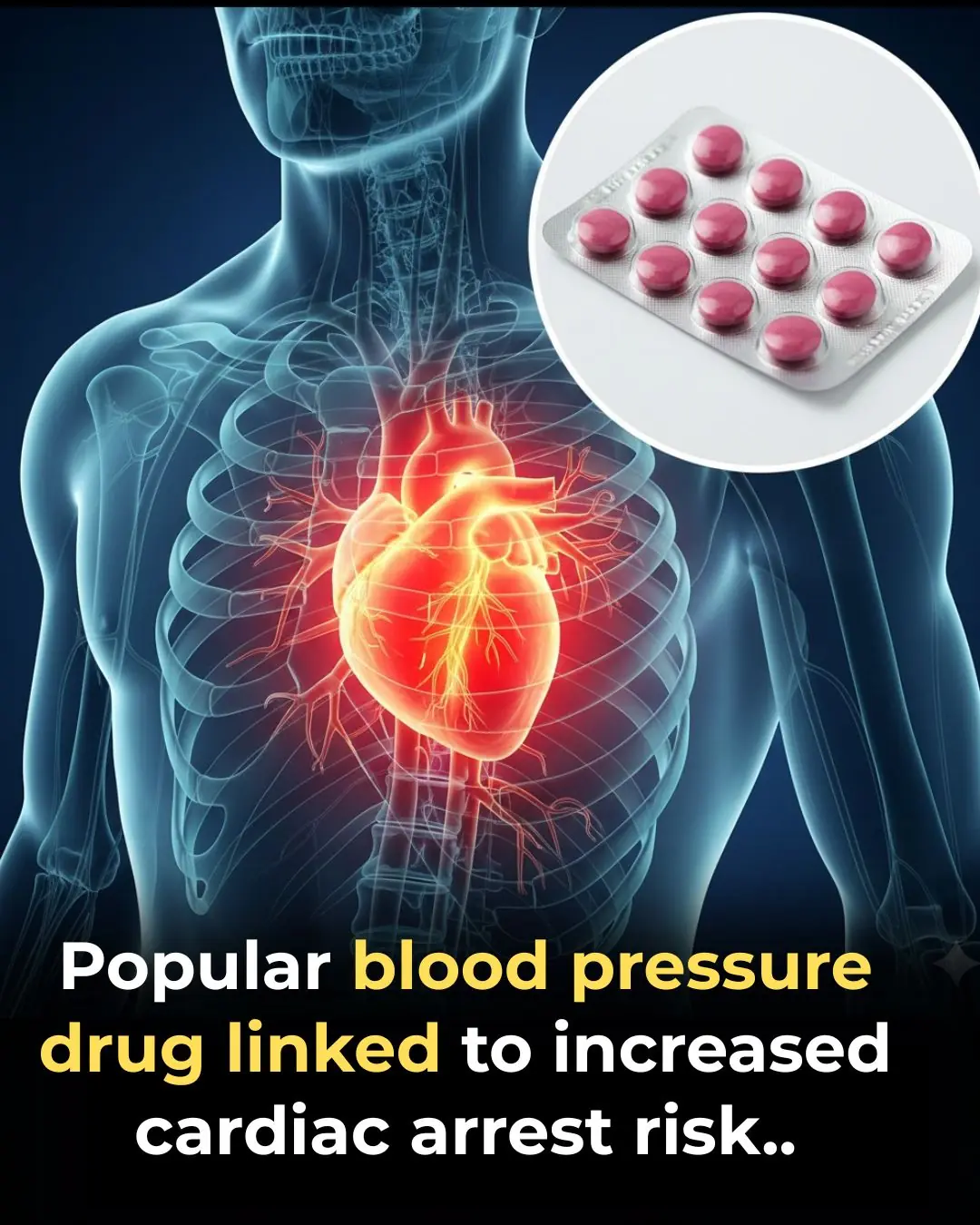
High-Dose Nifedipine Linked to Increased Risk of Sudden Cardiac Arrest, New Study Suggests
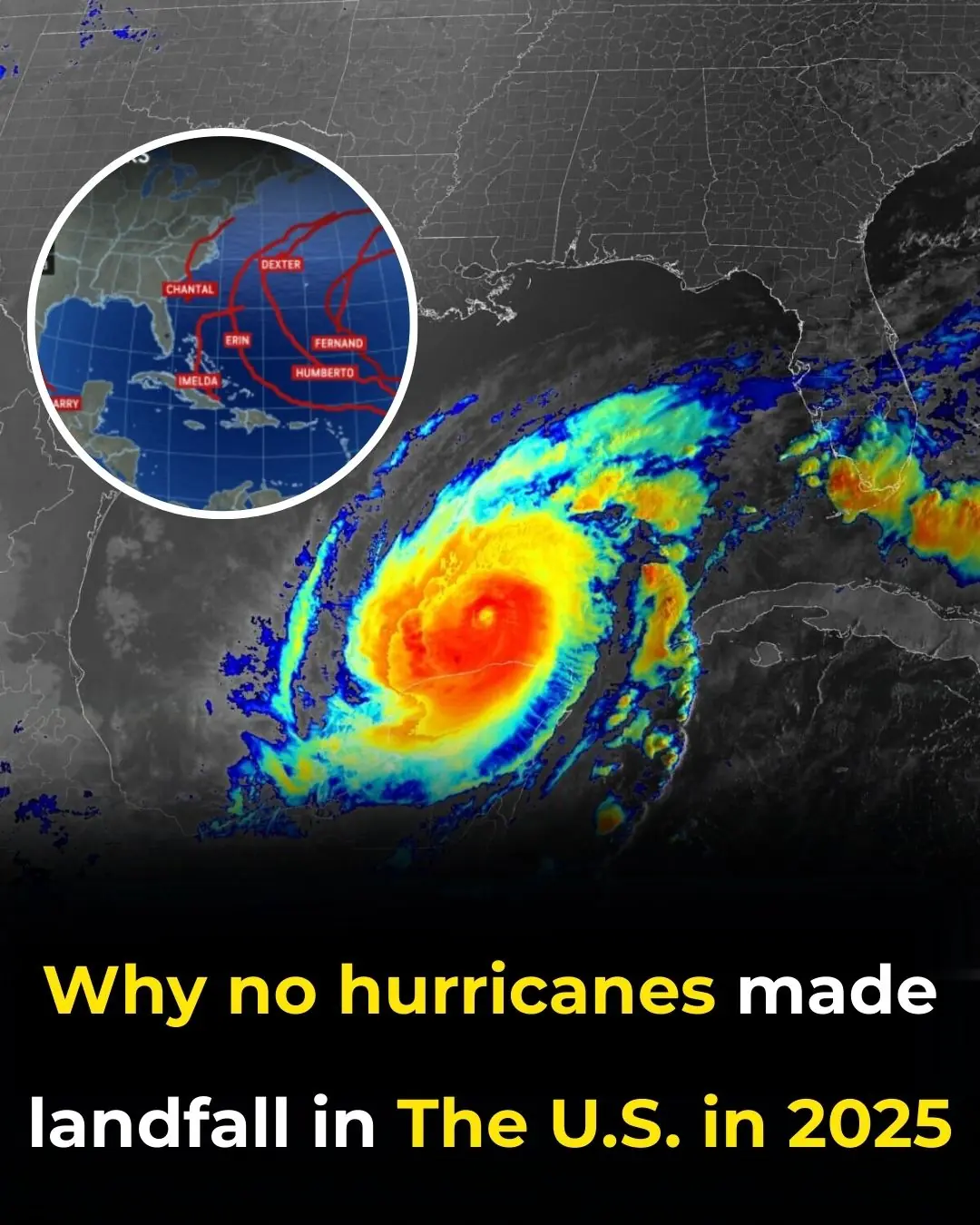
How the U.S. Escaped Hurricane Landfalls in 2025

Ancient Shark Fossils Unearthed in Mammoth Cave Rewrite 325 Million Years of Evolutionary History

Powerful Health Benefits of Pineapple You Should Know
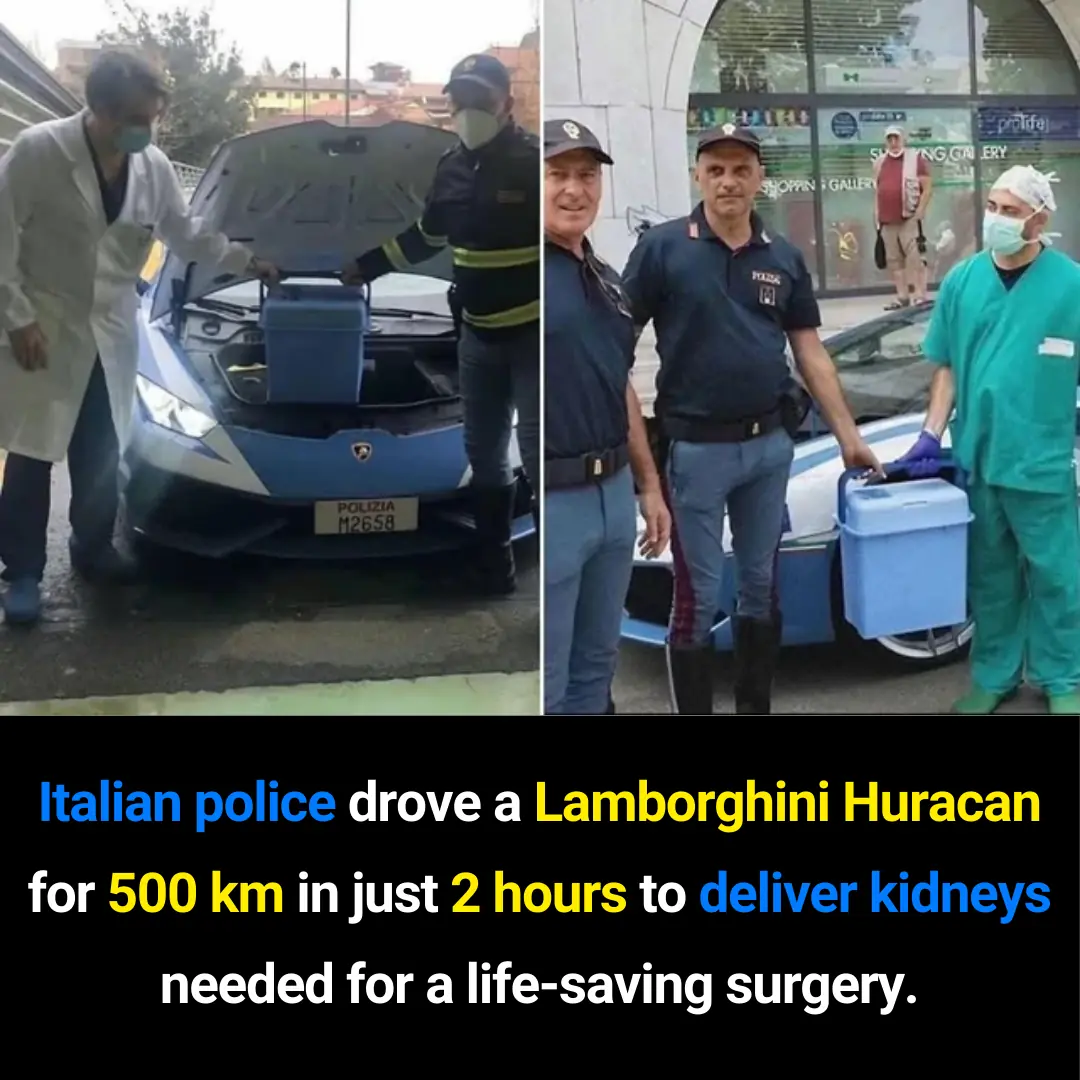
How an Italian Police Lamborghini Huracán Helped Save Lives by Delivering Kidneys Across Italy
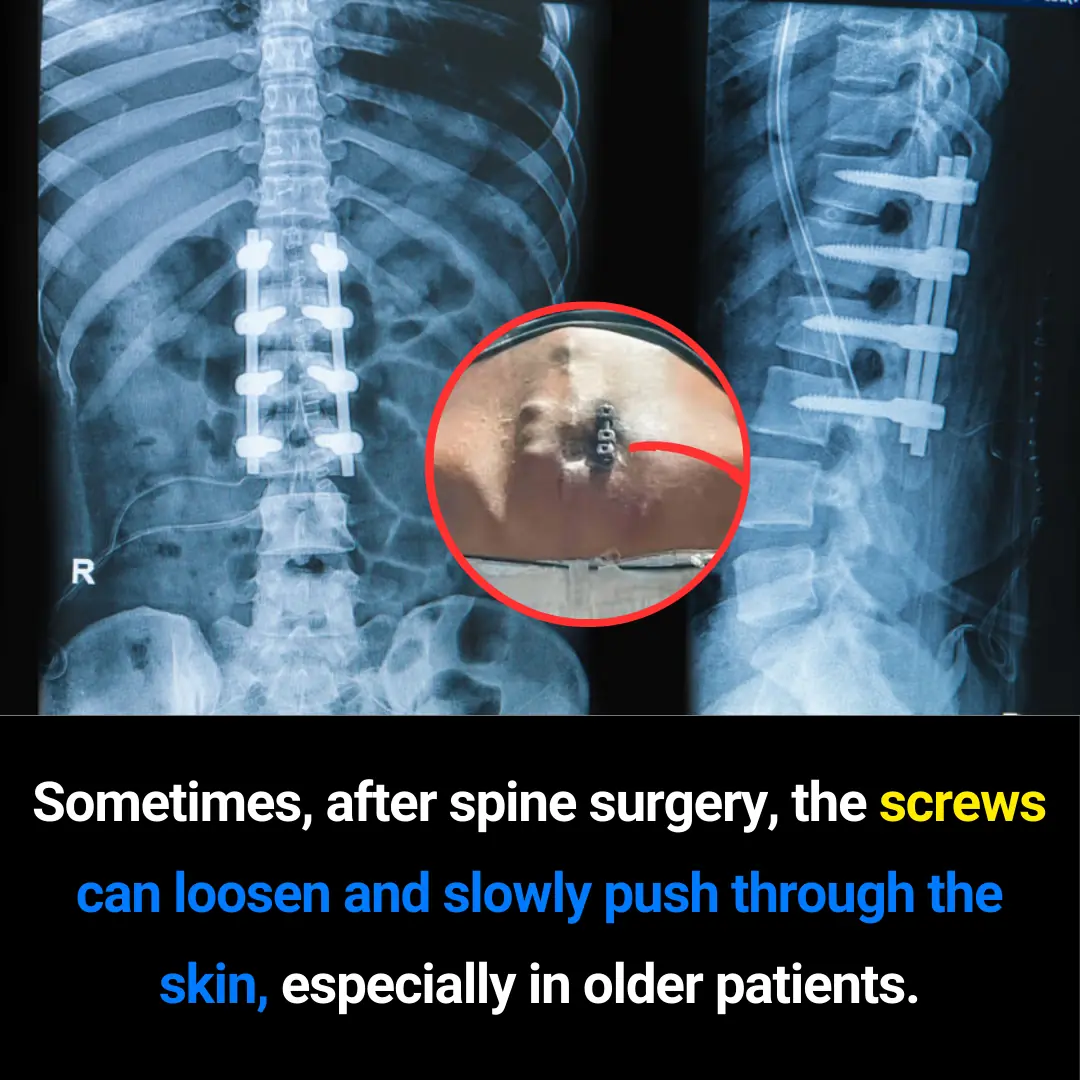
Can Spinal Screws Push Through the Skin? Understanding a Rare but Serious Post-Surgery Complication

Why the Tongue Is One of the Most Important Organs in the Human Body

What You Do First in This Scenario
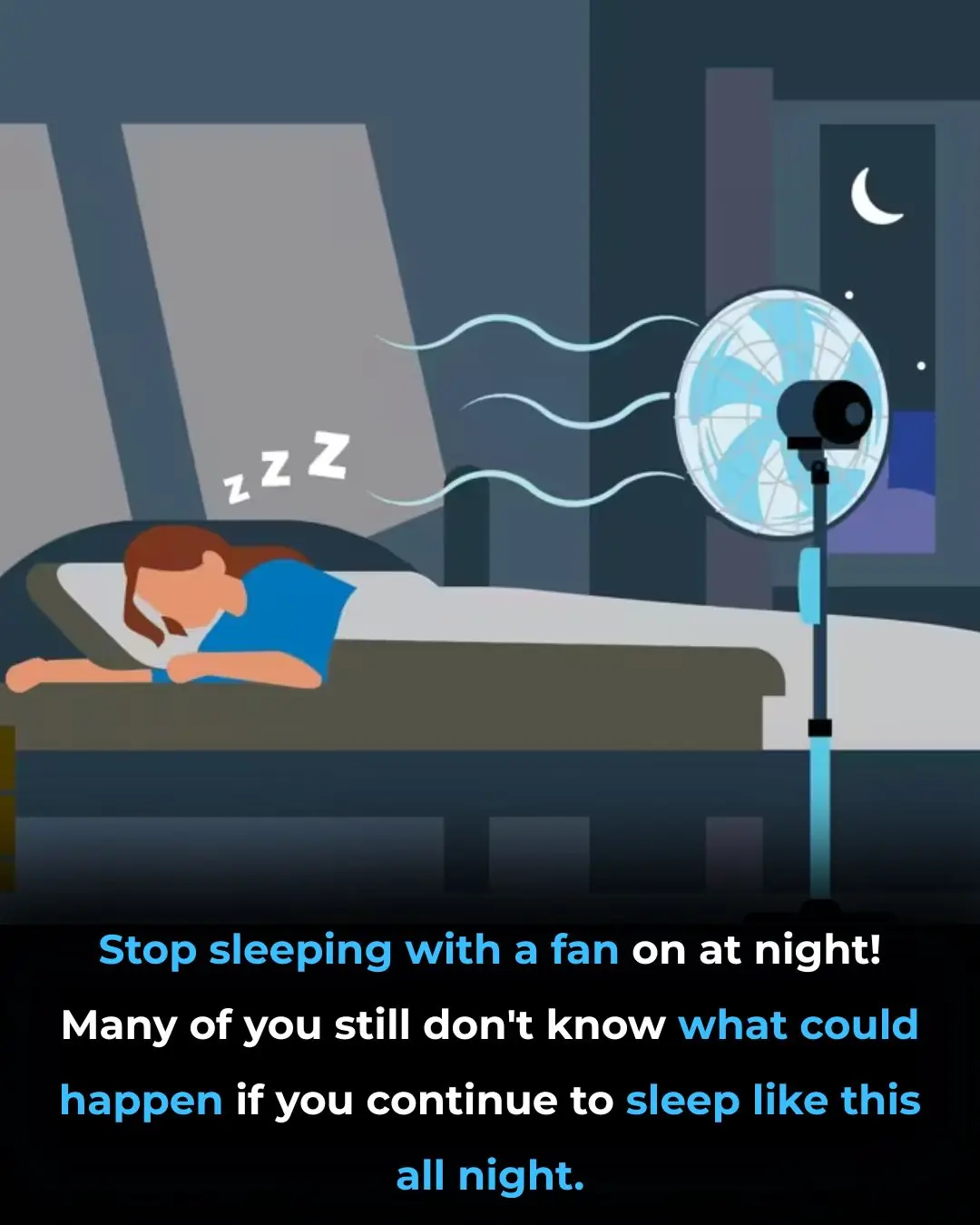
The Surprising Health Benefits of Sleeping in a Cold Room

A 4-Minute, Zero-Effort Hack to Clean Grill Gunk – The Simple Trick My Nana Taught Me

High Blood Sugar Warning Signs

🥚 A Look at How Certain Boiled Egg Habits May Affect Your Heart Health

Small Steps, Big Impact: How 4,000 Steps a Day Can Transform Your Health

🌿 Clove Water Sitz Baths for Women: A Gentle Guide to Hygiene and Comfort
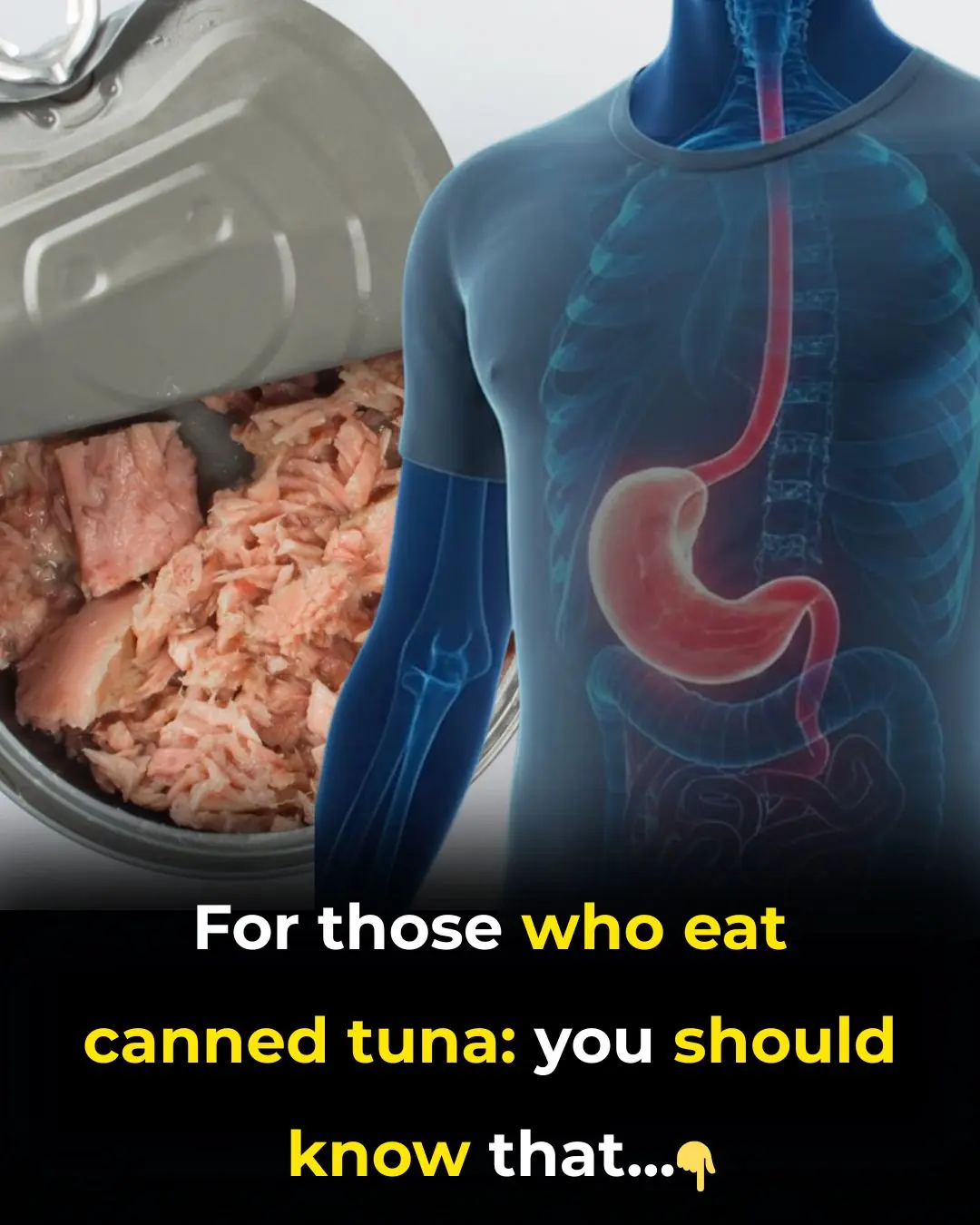
What Happens to Your Body When You Eat Canned Tuna Every Day

17 Warning Signs Your Liver Is Crying for Help
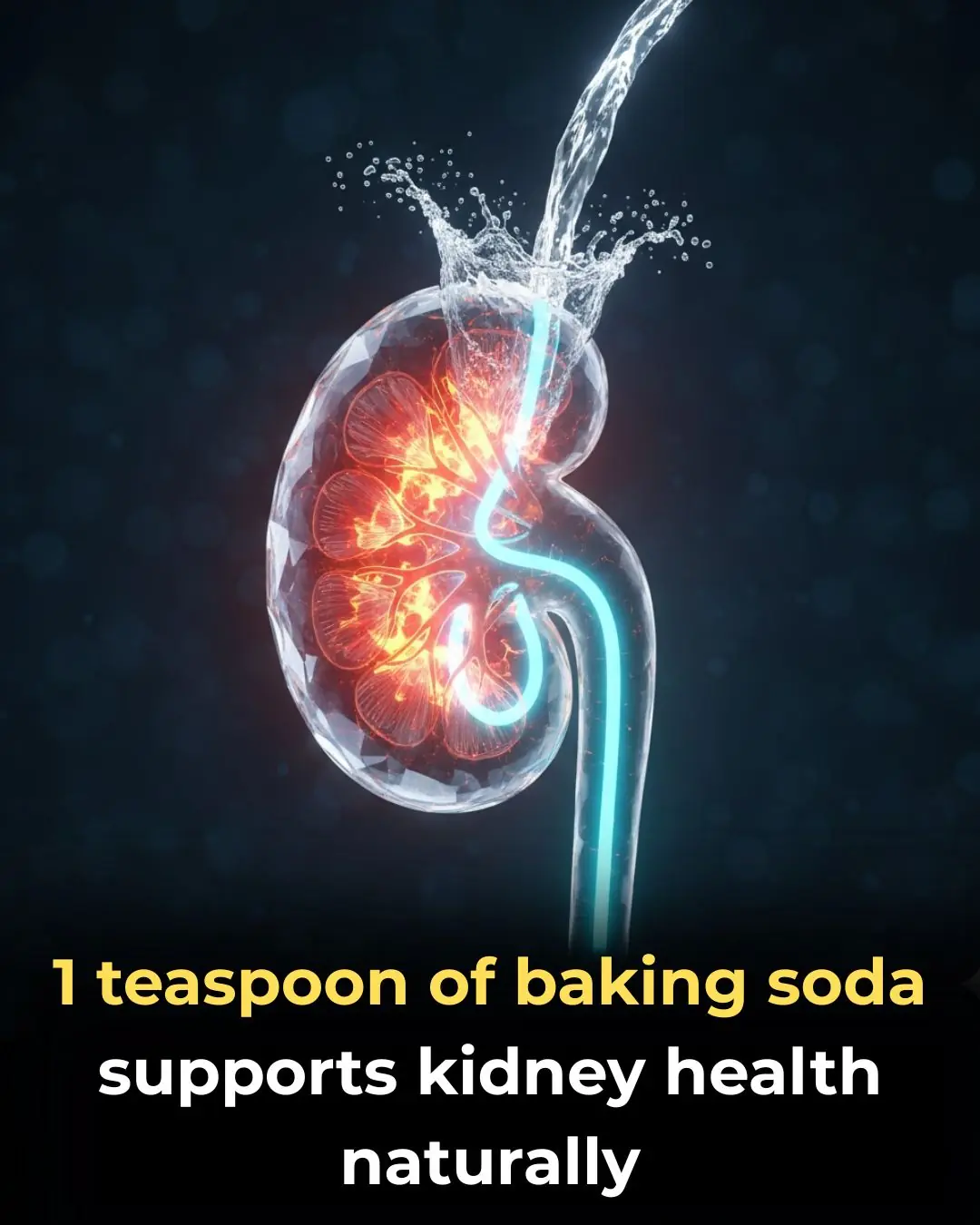
How to Support Your Kidneys Naturally Using 1 Teaspoon of Baking Soda
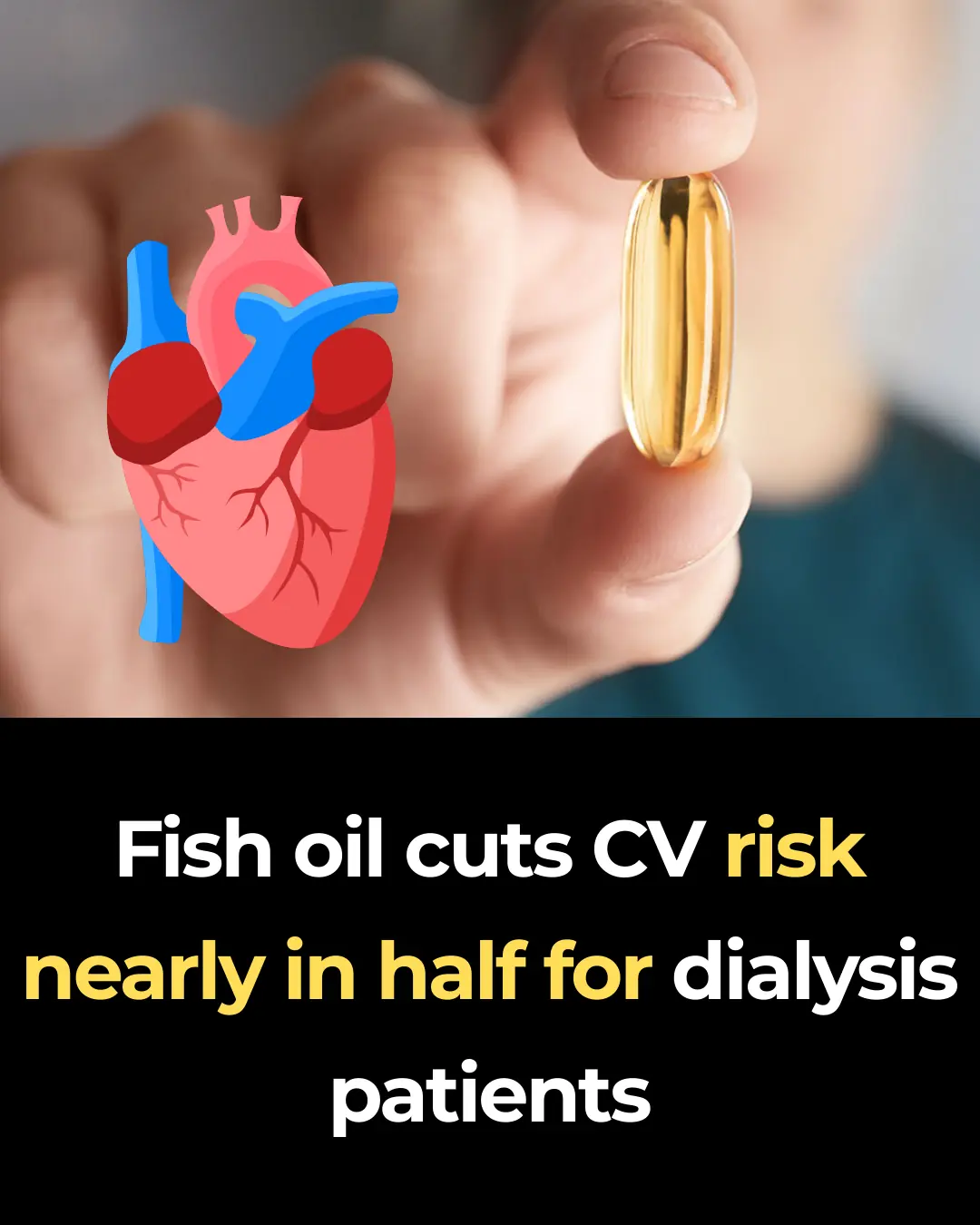
Fish oil cuts CV risk nearly in half for dialysis patients

The hidden heart danger doctors say is more common in people with diabetes
